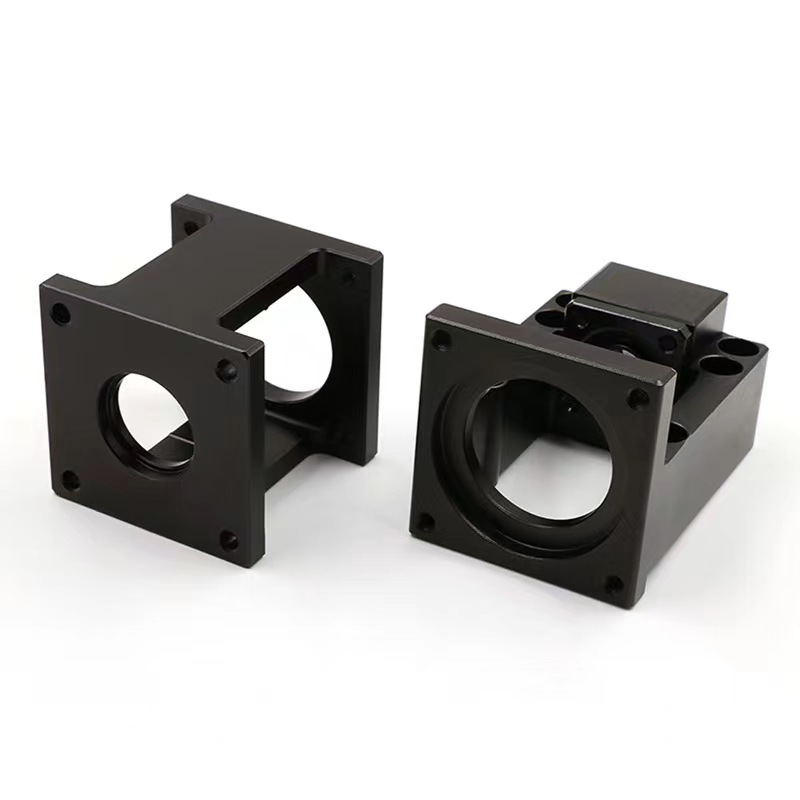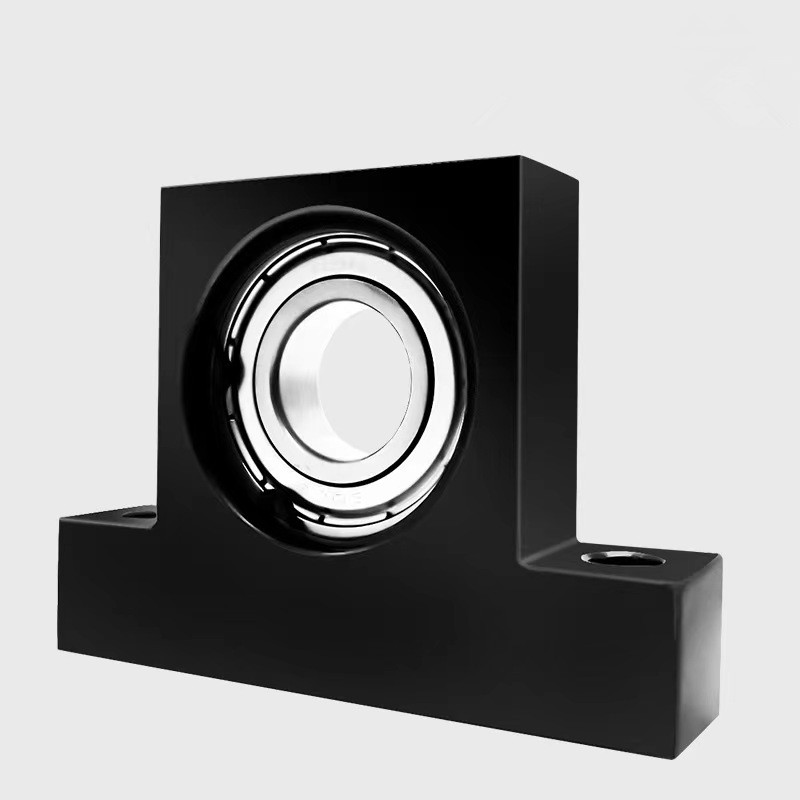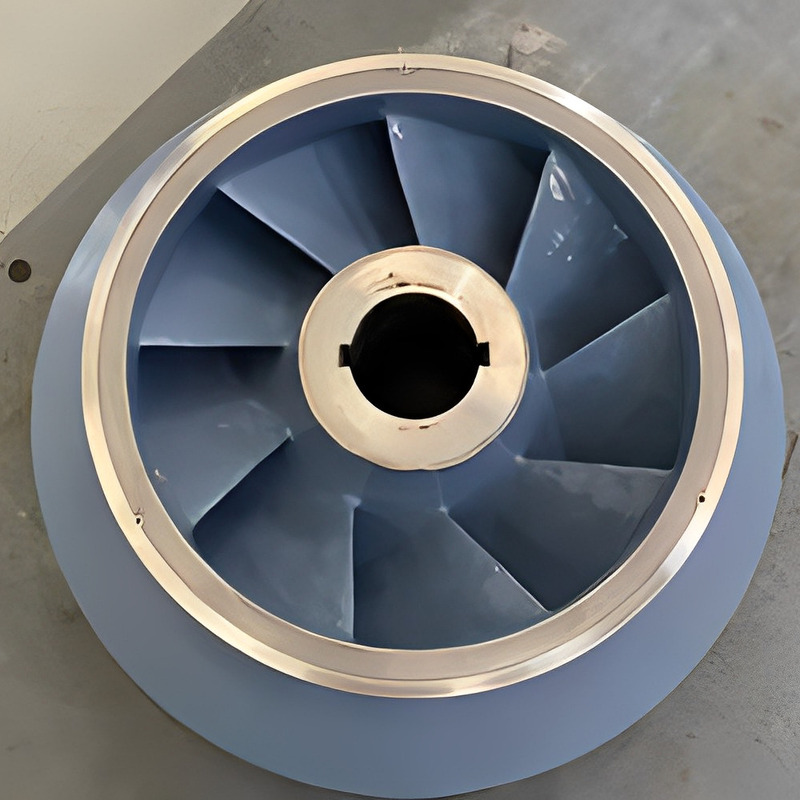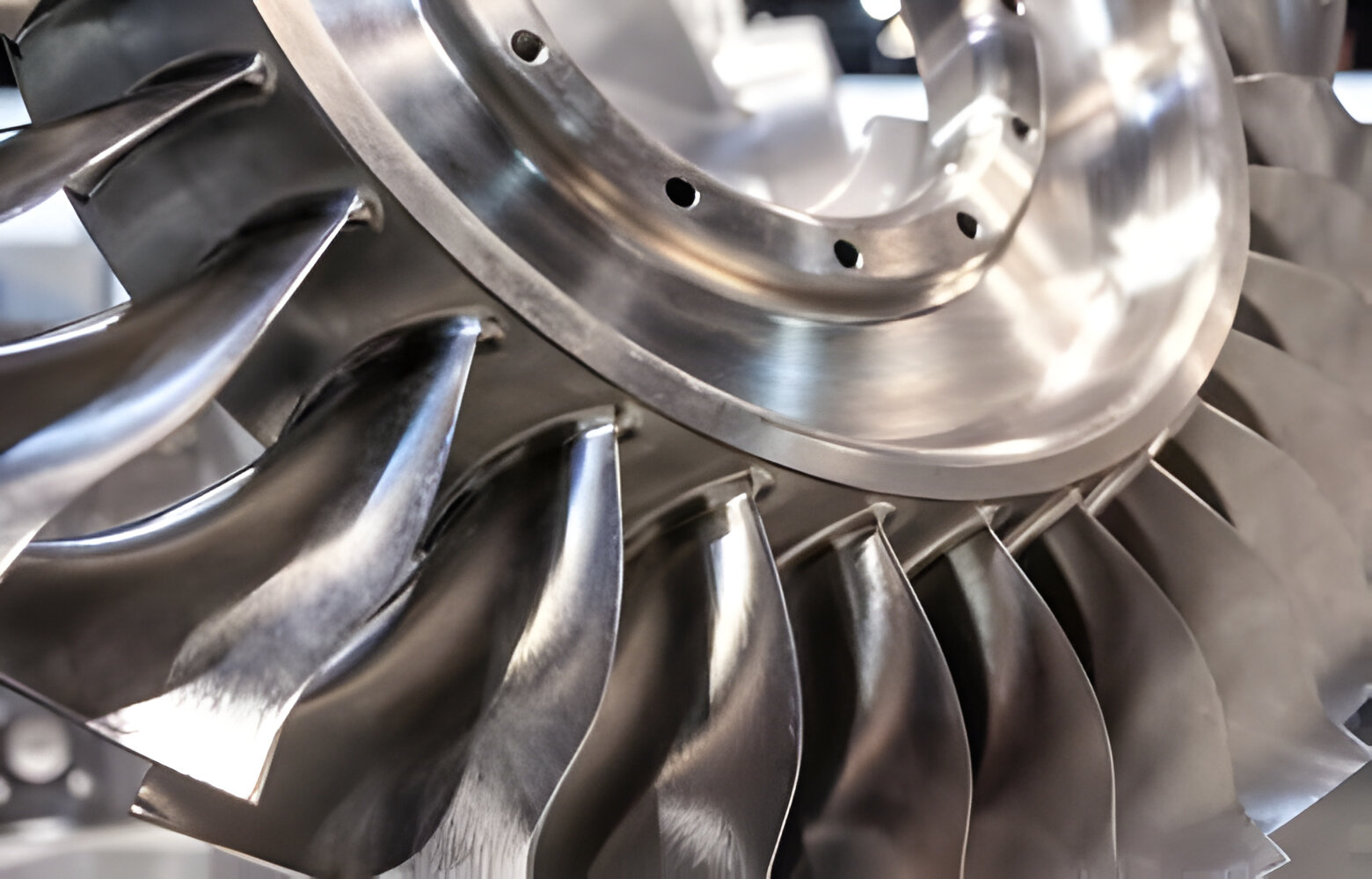In the realm of machinery and engineering, precision and reliability are paramount. When it comes to electric motors, understanding the intricacies of motor mounts and casings is crucial for ensuring optimal performance and longevity. Let’s delve into the distinctions between motor mounts and casings, exploring their functions, components, and importance in various applications.
Motor Mounts:
Motor mounts serve as the interface between the electric motor and the structure it powers. These components are designed to securely hold the motor in place while dampening vibrations and reducing noise transmission. Motor mounts play a pivotal role in maintaining alignment, stability, and overall operational efficiency.
- Motor Housing: The motor housing, also known as the motor casing, is a key component of motor mounts. It provides structural support and protection to the internal components of the motor, shielding them from external elements and potential damage.
- Motor Housing Cover: The motor housing cover is an additional layer of protection that encloses the motor housing, safeguarding it from contaminants such as dust, moisture, and debris. This cover enhances the durability and longevity of the motor assembly.
- Motor Housing Parts: Motor mounts consist of various parts, including brackets, bolts, and fasteners, which facilitate the installation and secure attachment of the motor to the equipment or machinery.
Electric Motor Casings:
Electric motor casings, on the other hand, serve as the outer shell or enclosure of the motor assembly. These casings encapsulate the internal components of the motor, providing insulation, protection, and structural integrity.
- Motor Housing Casting: Electric motor casings are often manufactured through casting processes, such as die casting or sand casting, to create intricate shapes and configurations. This ensures precise dimensions and high-quality construction, suitable for demanding applications.
- Electric Motor Housing: The electric motor housing encompasses the entire casing assembly, comprising materials such as aluminum, cast iron, or stainless steel, depending on the specific requirements of the motor and its operating environment.
Distinguishing Factors:
While both motor mounts and casings contribute to the functionality and performance of electric motors, they serve distinct purposes and possess unique characteristics.
- Functionality: Motor mounts primarily focus on securing the motor in place and reducing mechanical stress, whereas casings primarily provide protection and insulation to the internal components of the motor.
- Construction: Motor mounts often feature sturdy brackets and fasteners designed for structural support, while casings are intricately cast or machined to precise tolerances for optimal fit and sealing.
- Environmental Considerations: Motor mounts may be exposed to mechanical loads and vibrations, requiring robust construction and damping properties, whereas casings are exposed to environmental factors such as temperature extremes and moisture ingress, necessitating corrosion resistance and insulation capabilities.
In summary, motor mounts and casings are indispensable components of electric motors, each fulfilling distinct roles in ensuring reliability, efficiency, and safety. Understanding the differences between motor mounts and casings is essential for selecting the appropriate components for specific applications and maintaining the longevity of motor-driven systems.
For high-quality motor mounts, casings, and related components, visit our website (kt-foundry) to explore our comprehensive product offerings and technical expertise.






